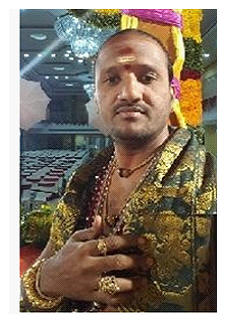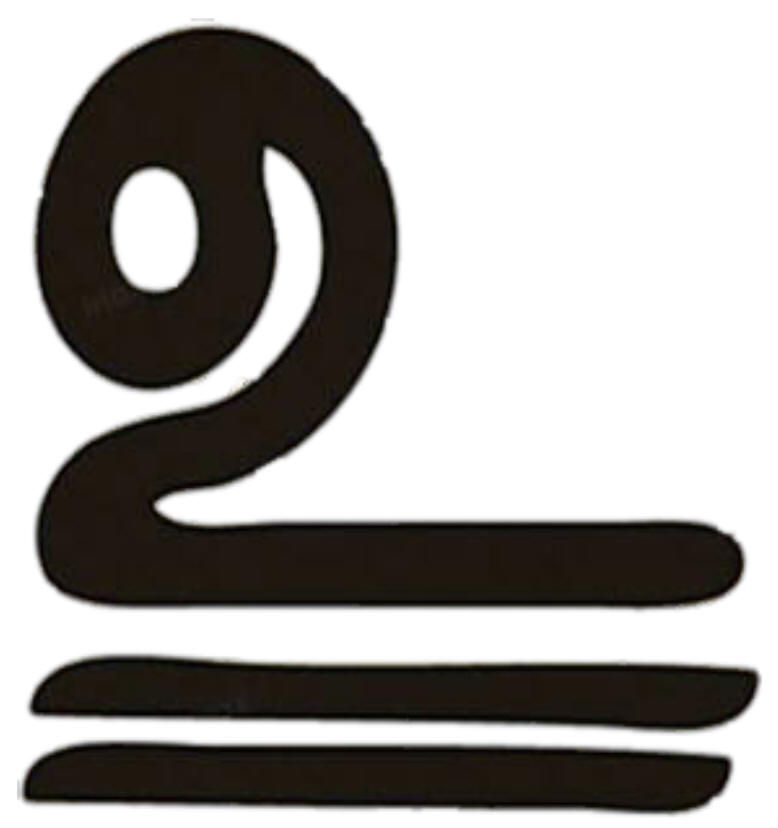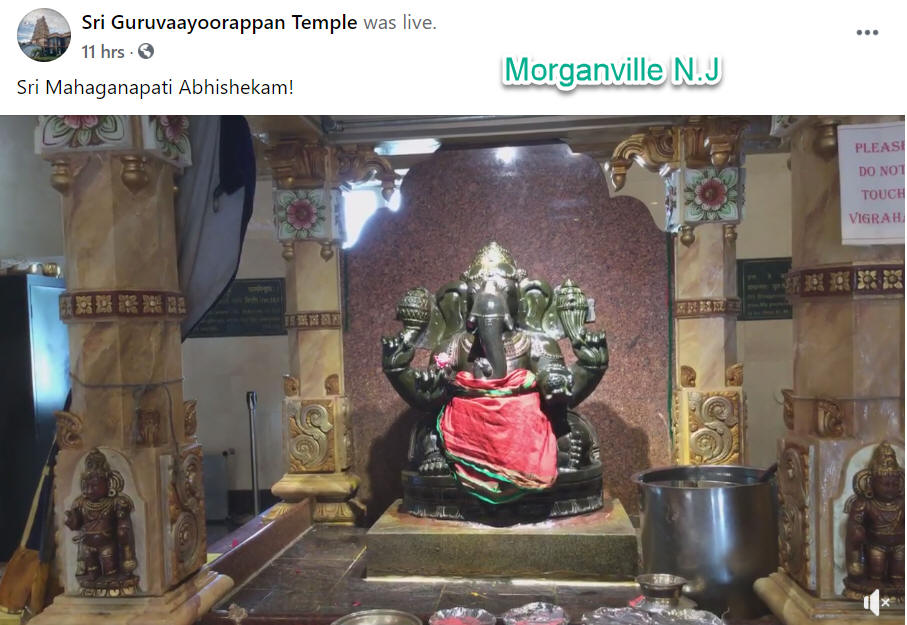|
In the worship of Piḷḷaiyār, the devotees traditionally engage in knuckle
taps in the middle of the forehead (Bhrumadya) and Tōppukkaraṇam. (Notes by
Krishnaraj. Tōppukkaraṇam: Cross your hands with right forearm resting on
the left forearm and hold the ears with the index fingers at the outer
surfaces and the thumbs on the inner surfaces of the ear lobules. Go down
to a sitting position exhaling the breath and get up again inhaling a
breath with ear-holding in place. If the full sitting is impossible, bend
down at the knees as far as possible and straighten up.) Exponent of
Vedas Sundaresa Sharma says:

“The devotees tap themselves lightly on the middle of the forehead with
their knuckles.”
Holding on the ear lobules, devotees perform Toppukkaranam before the idol
of Piḷḷaiyār. There is a juicy story in the Purāṇas.
Once upon a time demon Gajamukasuran performed severe austerities before
Siva Peruman. Noticing the power of his penance, Siva bestowed on him
multiple powerful boons. Upon receiving the boons, he indulged in
mischief. He dispensed innumerable instances of suffering to people and
celestials. He regarded the deities as children and despite the time of
the day or night asked them to perform Tōppukkaraṇam. Because of this,
they suffered and could not perform their normal duties in the conduct of
world affairs. They complained bitterly to Siva. Siva, the protector of
the worlds, sent Vināyaka to destroy Gajamukasuran.
In the great battle between Vināyaka and Gajamukasuran, his war machine
was destroyed completely. The demon stood there unharmed, because he
received a boon he would not be destroyed by any implements of war.
Vināyaka broke one of his tusks and threw it at him uttering a Siva Mantra
resulting in the disappearance of his demonic form. There stood an
obsequious bandicoot in his place. Vināyaka forgave him and took him as
his Vahana (Vehicle). As soon as the situation came under control and
normal conditions prevailed, the deities paid homage to Vināyaka and in
the spirit of grateful devotion, rapped three times the middle of their
foreheads with the knuckles and performed Tōppukkaraṇam.
There is another story in its likeness.
Once Tapasvin Agastya was walking with his water vessel in his hand.
Vināyaka Peruman in the form of a crow flew into the Kamaṇḍalu -kamaṇḍalam-
and toppled it resulting in the water from the vessel run as a river.
Since the water spread out and ran like a river
after the crow (காகா),
it received the metonym: Kāviri
(காவிரி).
Agastya looked for the crow, which was nowhere to be seen. A child was
standing where the crow was expected to stand. Mistakenly thinking that
the child was the culprit, he tried to rap his head with his knuckle.
Vināyaka stood in the place of the boy. Feeling contrite, Agastya rapped
the middle of his forehead (Bhrumadya) and begged for forgiveness from
Vināyaka. |

